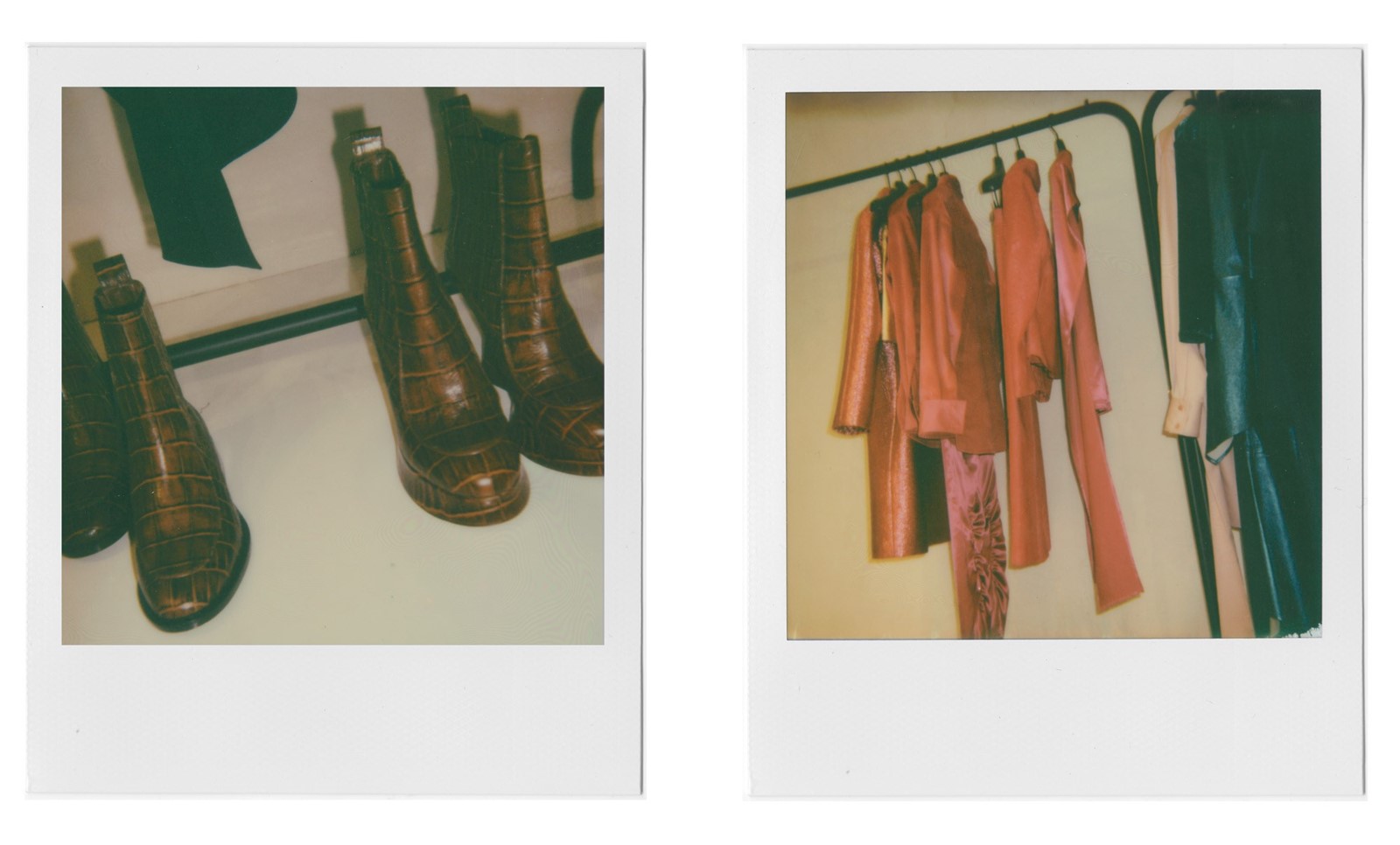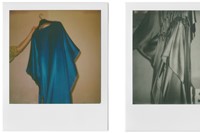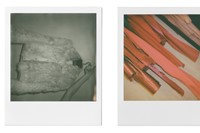“We sell clothes. We make clothes. We don’t have perfume, we don’t have a make-up line. We work on clothes. This is what we need to make our money from. So that kind of dry mentality is what we start with.” How brilliant it is to hear a designer speak such sense, in an uncertain fashion climate which seems to prioritise Instagram Stories over actual things that women might like to, you know, wear. But Sander Lak, the 33-year-old designer of Sies Marjan, is not just any designer. In just three seasons, Sies Marjan has become one of the most remarked upon shows in New York, having seemingly appeared out of nowhere just in time for the A/W16 collections.
There are several reasons for this success – but chief among them is that Lak’s instinctive use of colour, and the ease with which he dresses women, that sets him apart from his contemporaries. Okay, maybe it’s the colours that really set him apart – when did you last see a New York collection comprised almost entirely of strange chemical pastels, or rich autumnal sunsets, that you actually wanted to wear? I'll answer that for you: never.
“I’m still figuring it out. Actually it’s funny, because up until the moment it happens, I’m still figuring it out.” Lak is ambling round the Sies Marjan showroom, an oasis of white and beautiful Modernist furniture on a freezing, sludge-drenched New York morning. It’s a little Miami, if Miami were actually a beach town in the more muted Holland, from whence Lak hails. The designer, who spent five years with Dries Van Noten, moved to New York at the behest of Ralph Rucci’s backers who, since losing their designer, had an atelier that they wanted to put to good use. Rather than close, chief executive Joey Laurenti and backer Nancy Marks thought they’d take a chance on a younger name, and found Lak.
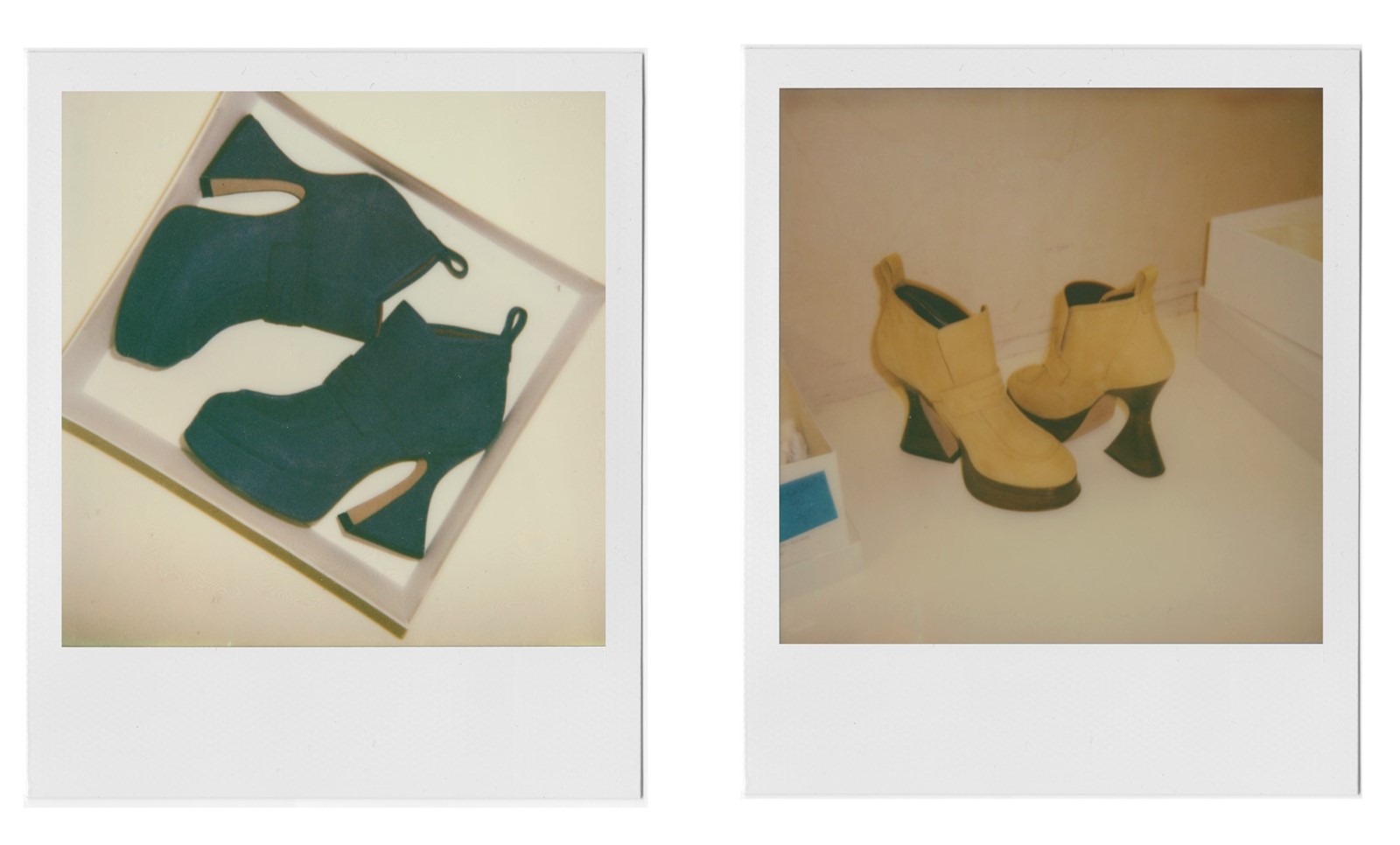
Thank God they did, for Lak brings a romantic yet modern view to New York, something that’s been sorely lacking. “I think it’s really nice to give yourself time,” he says of the house’s developing aesthetic. “I don’t work in a way where I’m like, we’re working with a theme: it’s about the 70s. We don’t work that way at all, it’s much more abstract, and it’s really about colour, material, shapes and garments.”
“Actually it’s funny, because up until the moment it happens, I’m still figuring it out” Sander Lak
And what glorious colours! A Pepto Bismol pink, a fluorescent orange, blue the shade of those sweets that leave your tongue an interesting hue. These are like nothing seen in nature; like pastels after the nuclear option was explored. “Every colour you see here isn’t from a colour card, it’s our very own,” says Lak as he shows an orange tone he calls ‘melon’. “Colour really adjusts somebody’s mentality. There’s a lightness when someone wears something bright. You really notice when a girl comes in and tries on, for instance, purple, and instantly brightens up.”
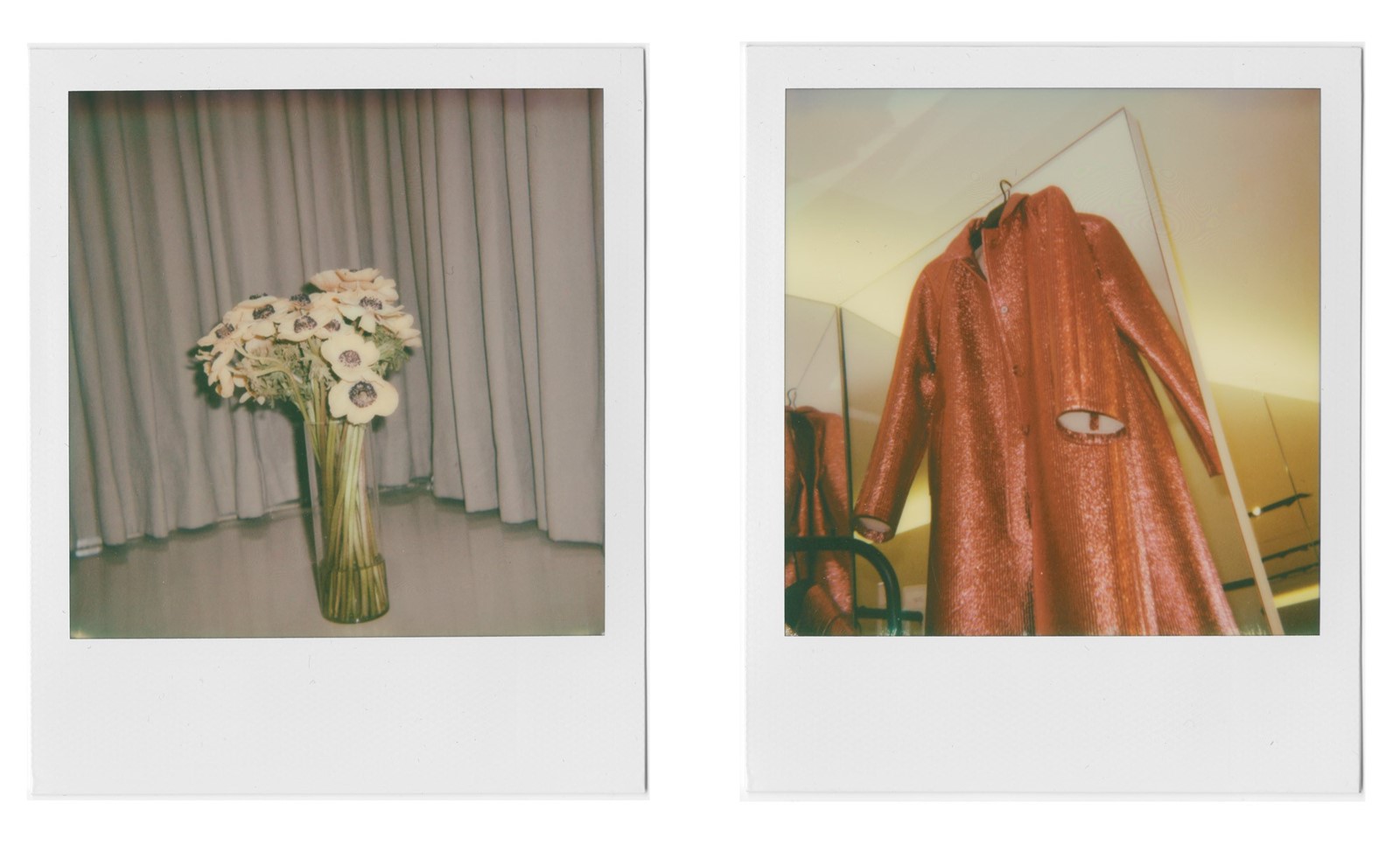
The rails are full of slightly surreal takes on classic American luxury pieces. What looks like a Ralph Lauren cable knit jumper is luminous green and twisted down the front. A biker jacket comes in a pink glitter. A purple lurex mini dress is ruched and divided by a giant zipper. It doesn’t feel contrived – a fact perhaps aided by the megawatt casting: on the runway, Bella Hadid was followed out by Sasha Pivarova. It all feels very upbeat and almost, dare I say it, glam. “It’s great to have references, but those don’t matter to the customer,” says Lak. “It’s nice to play with codes, but in Europe sometimes we can think a lot about things and intellectualise them. Which is great… but I think there’s something nice about the directness of American culture. The Baskin Robbins or Dunkin’ Donuts logos are just as interesting as a Mondrian.” He laughs. “I think America has changed me.”
“I think there’s something nice about the directness of American culture. The Baskin Robbins or Dunkin’ Donuts logos are just as interesting as a Mondrian” Sander Lak
This season, the Sies Marjan show took place in the sort of anonymous midtown hotel ballroom last seen in 1983, replete with duck egg blue walls and chandeliers. It feels aspirational in a ‘coming to America’ way, in line with Lak’s affection for his new home. It’s a brilliantly incongruous venue but fits perfectly with the Sies Marjan ethos of the unexpected. But, in spite of the decor, the clothes have not a whiff of 80s nostalgia about them – in fact, they look like what one might wear to a ball in the future, and it feels great to see a forward-looking collection when we’re being drowned in so much nostalgia. Lak is obviously thrilled: “The idea of a designer being a tortured soul in the corner is so old-fashioned,” he says, almost apologetic for his positive outlook. “I don’t know if it’s America, or if it’s a combination of moving so far away, to a culture that’s so different in so many ways, but it just makes you re-evaluate your ideas. It kind of shifted me. I’m the same person,” he says, with a bashful smile, “but I’m different.”
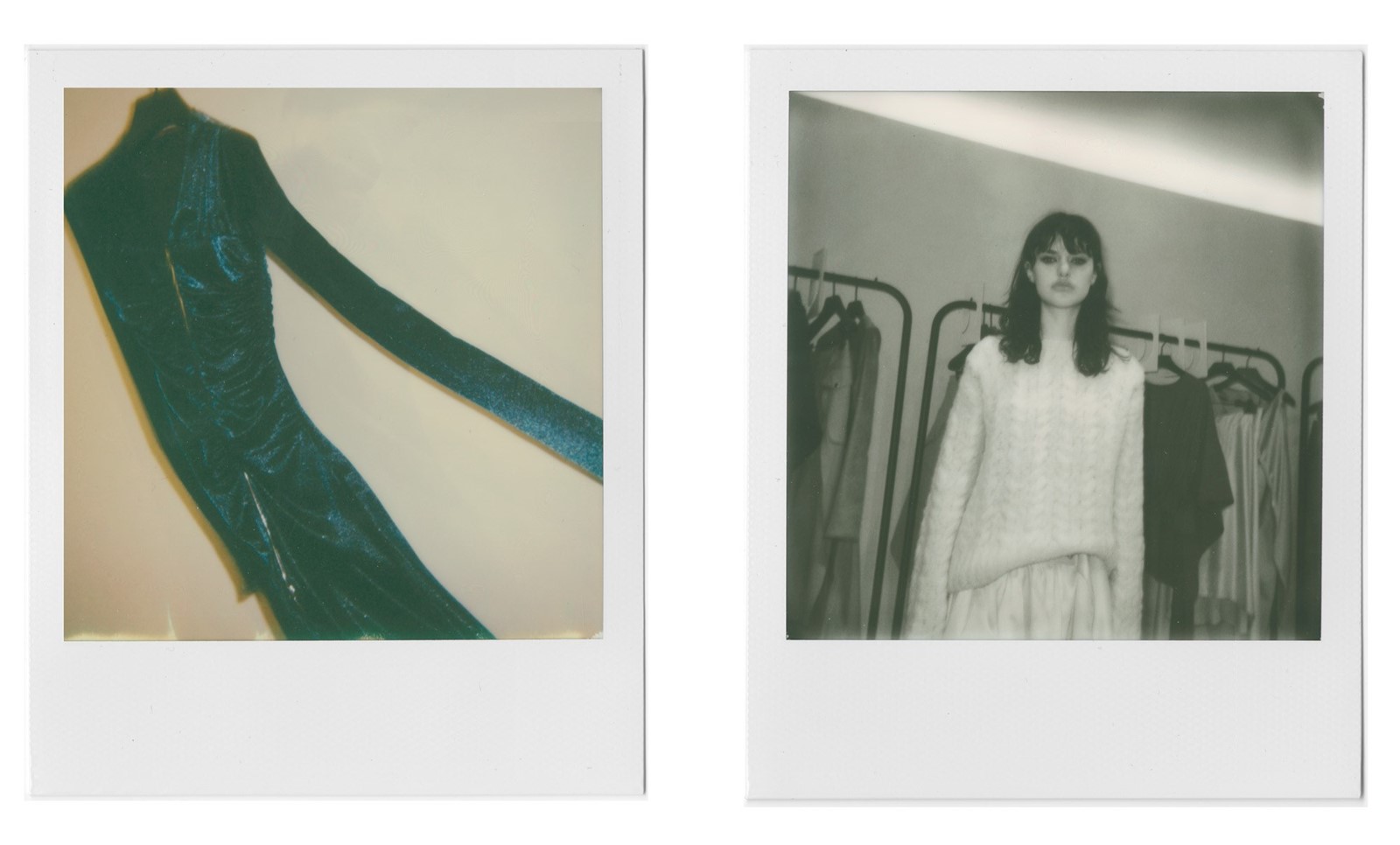
For our A/W17 fashion week coverage, anothermag.com is collaborating with Gasoline, a photography collective working with visual artists around the world. Here, for the first in a series of pieces across the four fashion capitals, New York-based photographer Devin Doyle presents a look behind-the-scenes at Sies Marjan.
